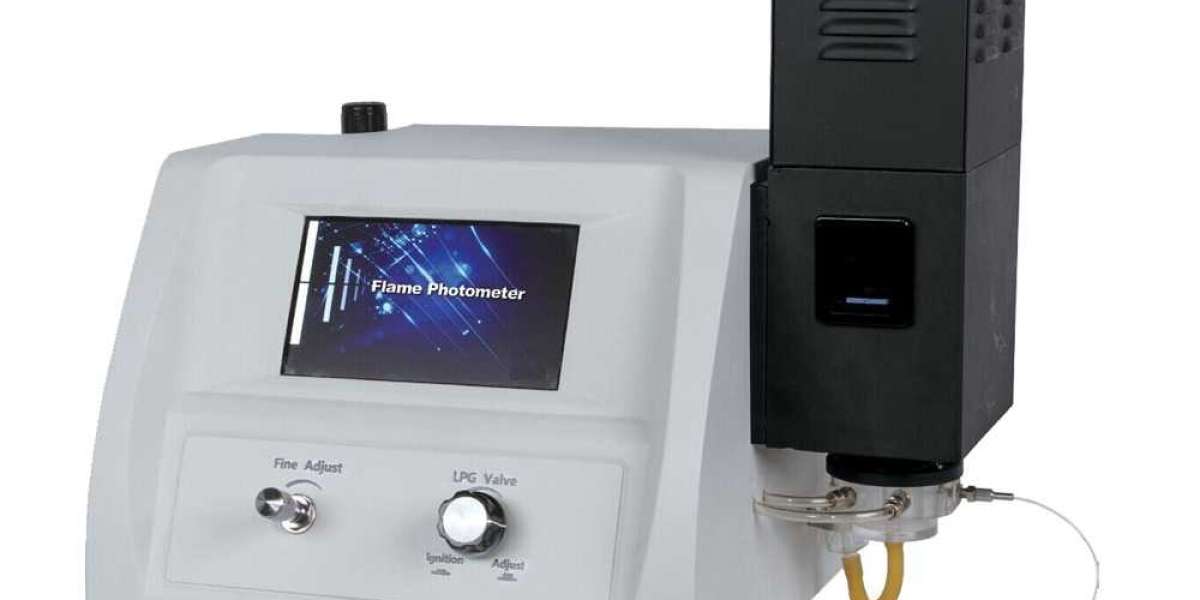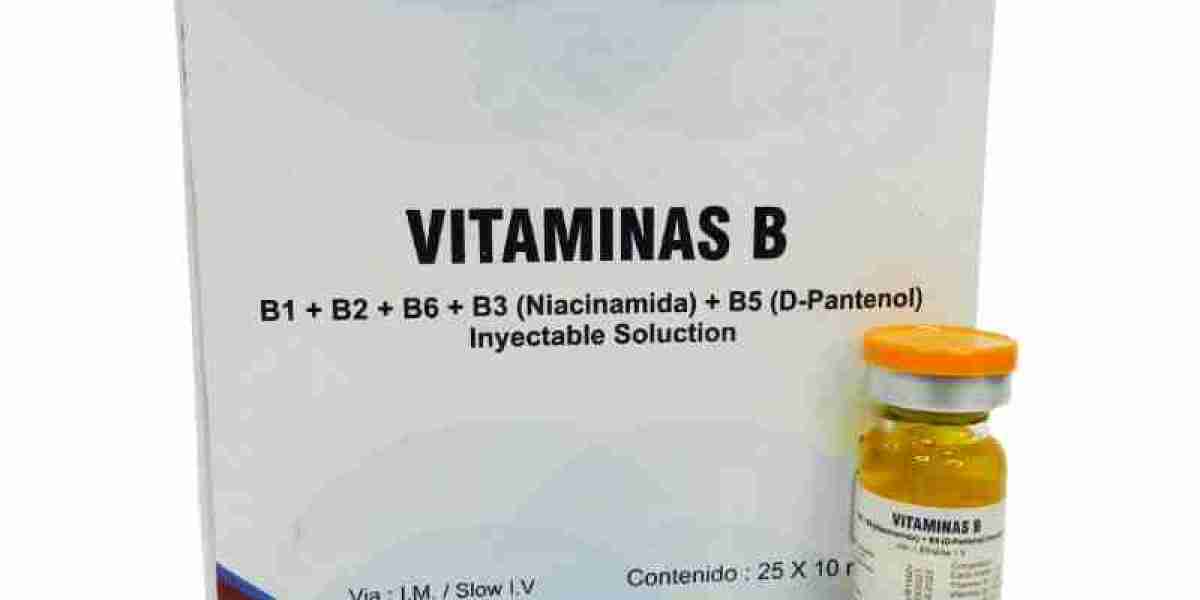Processing foods at higher temperatures has long been the accepted method for extending their shelf lives and ensuring their safety. Treatments at a low temperature for an extended period of time and treatments at a high temperature for a shorter period of time are the most common types of barriers utilized in the process of pasteurization of fluid foods and raw materials. However, thermal treatments have the potential to diminish both the quality and freshness of the product. As a result of this, various non-thermal methods of pasteurization have been proposed over the course of the past few decades. These methods include high hydrostatic pressure, pulsed electric field, ultrasound (US), and high pressure homogenizer homogenization (HPH). According to Diels and Michiels (2006), the pump is what forces the fluid into the valve, which is where the homogenization actually takes place. The fluid is forced under pressure through a small orifice that is located between the homogenizing valve and the valve seat. Adjusting the distance that separates the valve and the seat allows for precise management of the system's operating pressure. According to Diels and Michiels (2006), the microbial inactivation brought on by the application of HPH increases with the pressure level.
This is the case even though the microbial inactivation is affected by a number of factors, most significantly the physic chemical characteristics of the food matrix and the susceptibility of various microorganisms. In high-pressure homogenization, it is essential to take into account the effects that are caused by temperature because, during homogenization, a rise in temperature of approximately 2 degrees Celsius is caused. This is generally attributed by the research that has been done to the viscous stresses that are caused by the high velocity of the fluid flow. These viscous stresses are then impinging on the ceramic valve of the homogenizer, which leads to the dissipation of a significant fraction of the mechanical energy as heat in the fluid (Floury et al., 2000; Zamora and Guamis, 2015). However, this temperature increase did not result in the appearance of heat indicators in HPH treated food samples. This is most likely because of the flash time of treatment of the food matrices, which was less than 1 second (Floury et al.). In comparison to commercially pasteurized milk, for instance, HPH-treated milk samples exhibited a lower level of Maillard reaction, a lower level of whey protein denaturation, and no evidence of lactose isomerization.
This resulted in the preservation of essential amino acids and, as a direct result, a higher level of nutritional value, which is something that consumers want (Pereda et al
, 2009)
In general, the approaches that are used are intended to either modify the chemical structure of the enzyme or destabilize the outer membranes of the Gram-negative bacteria that are being studied
For instance, Ibrahim et al
(1993) and Bernkop-Schnurch et al
(1998) demonstrated that the antimicrobial spectrum of lysozyme can be extended, including also Gram-negative bacteria, by performing a slight chemical modification of the protein with hydrophobic ligands throughout the thermal treatment process
This extended the antimicrobial spectrum to include Gram-negative bacteria
It has been reported that the antimicrobial activity of lactoferrin can be enhanced by either peptic digestion or heat treatment
On the other hand, it has been demonstrated that high-pressure homogenization has an effect on naturally occurring food enzymes that are also involved in the shelf life, ripening, and functionality of several different matrices (Kheadr et al
, 2002; Lanciotti et al
, 2004b, 2006; Vannini et al
, 2006)
L. typhimurium and S. enteritidis were found to be very sensitive to the hyperbaric treatment by Vannini et al., which is good news from the perspective of patient safety. In addition to this, the interaction between the enzyme and HPH had a sizeable impact on the recovery and growth dynamics of the species under consideration. Although L. (2007) investigated the effects of HPH treatment at 100 MPa, in comparison to other heat treatments, such as 70°C for 30 seconds, 70°C for 5 minutes, or 100°C for 5 minutes, on the activity of lysozyme and lactoferrin, they found that the HPH treatment had the greatest impact. The antimicrobial effects of these substances were examined using L. When L. monocytogenes cells were added to HPH-treated lactoferrin, either processed simultaneously or separately with the target microorganism, the highest immediate inactivation values were recorded. It is possible for interactions to resume when there is an abrupt drop in pressure, but the initial structure will not be restored because the components will continue to move independently of one another.
Patrignani et al. enteritidis, inoculated in LWE, found that HPH inactivation was linearly correlated to the number of passes at 100 MPa underling as for LWE, it is essential to take into consideration the additional effect of HPH on the antimicrobial activity of naturally occurring enzymes such as lysozyme. In point of fact, it has been demonstrated that dynamic pressure can improve the antimicrobial activity of lysozyme and lactoferrin. This improvement is thought to be caused by a shift in the exposure of hydrophobic regions (Iucci et al.). Additionally, Velazquez-Estrada et al. investigated the effects of pressure on cells and naturally occurring antimicrobial enzymes. They used the enterica serovar Senftenberg 775Win HPH LWE strain.(2005) found that when the pressure was greater than 150 MPa, E.



